Optimal Timing for Storm Restorations
Storm restorations are most effective when performed promptly after severe weather events. The optimal timing depends on weather patterns, seasonal conditions, and regional climate factors. Planning restorations during periods of low precipitation and moderate temperatures can enhance safety and efficiency.
Conducting inspections immediately after a storm helps identify damages early, reducing the risk of further deterioration.
Restorations during late spring and early fall often face less weather-related delays, enabling quicker project completion.
Avoiding restoration during winter or peak storm seasons minimizes safety hazards and logistical challenges.
Understanding local weather cycles assists in scheduling restorations when conditions are most favorable.

A team evaluates roof and structural damage caused by recent storms.
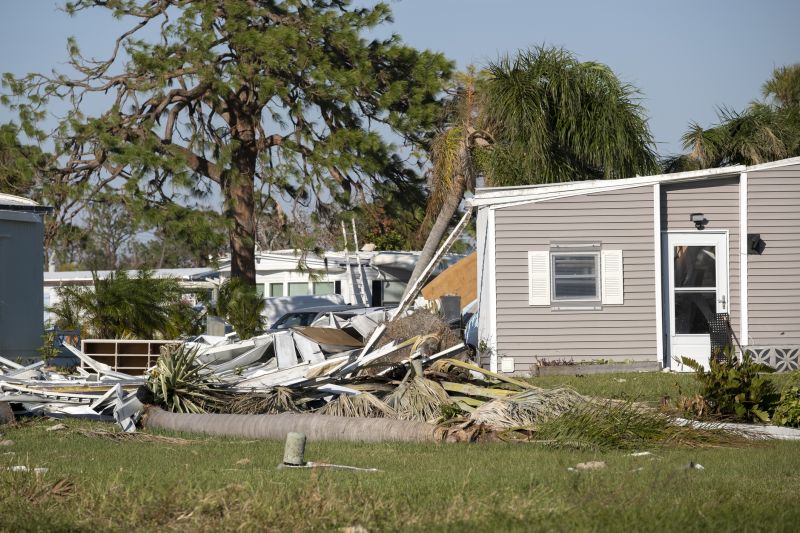
Workers repairing roofing and siding after storm damage.
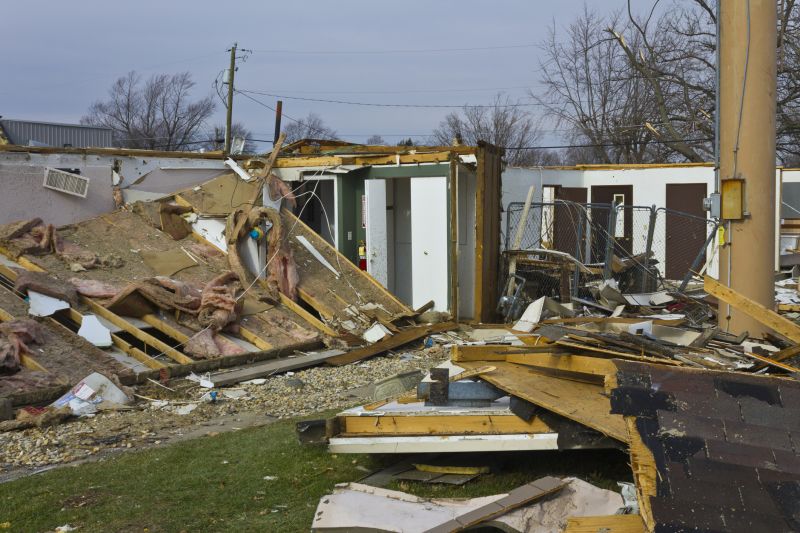
A restored property showing the results of effective storm damage repair.

Ways to make Storm Restorations work in tight or awkward layouts.

Popular materials for Storm Restorations and why they hold up over time.
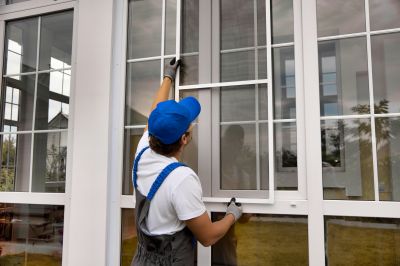
Simple add-ons that improve Storm Restorations without blowing the budget.
| Season | Advantages |
|---|---|
| Spring | Ideal for moderate weather, less rain, and optimal conditions for repairs. |
| Summer | Longer daylight hours and warmer temperatures facilitate faster restoration work. |
| Fall | Pre-storm season preparation and less severe weather delays. |
| Winter | Generally not recommended due to cold temperatures and potential snow delays. |
Storm restorations involve repairing and restoring properties damaged by severe weather events such as high winds, hail, and heavy rain. These repairs are crucial for maintaining structural integrity, preventing further damage, and restoring safety. Timely restoration can also help reduce long-term costs by addressing issues before they worsen.

Assessing damage after a storm to determine repair needs.

Restoration crews replacing damaged roofing materials.

Restoring siding and windows following storm impact.
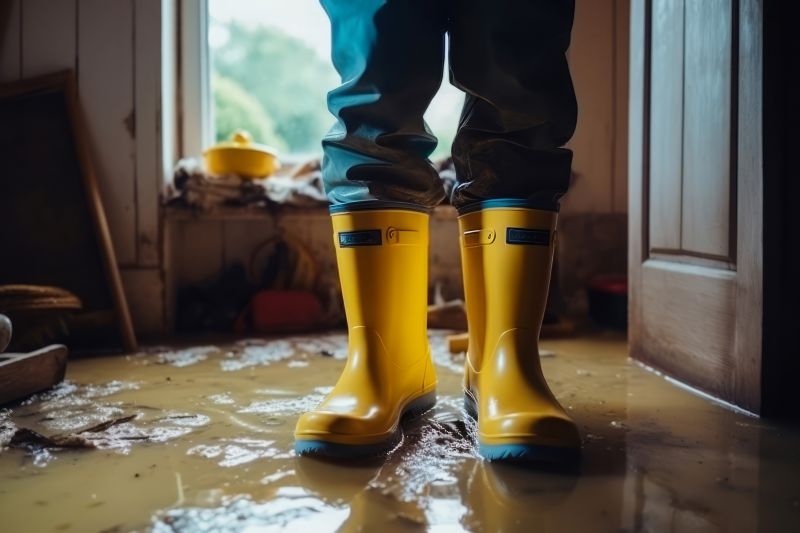
Showcasing a property fully restored after storm damage.
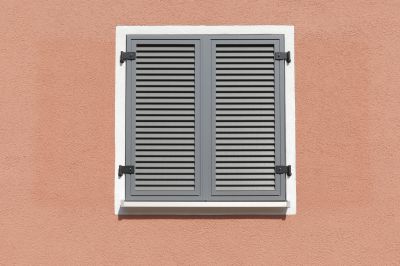
Finishes and colors that play nicely with Storm Restorations.
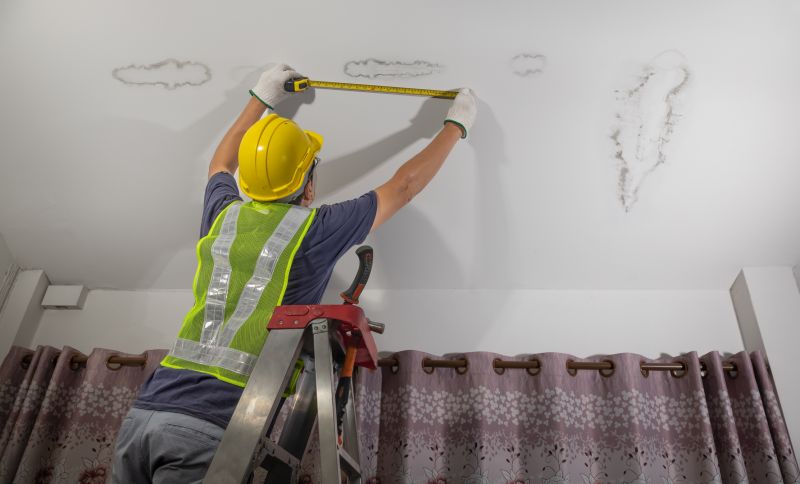
Little measurements that prevent headaches on Storm Restorations day.
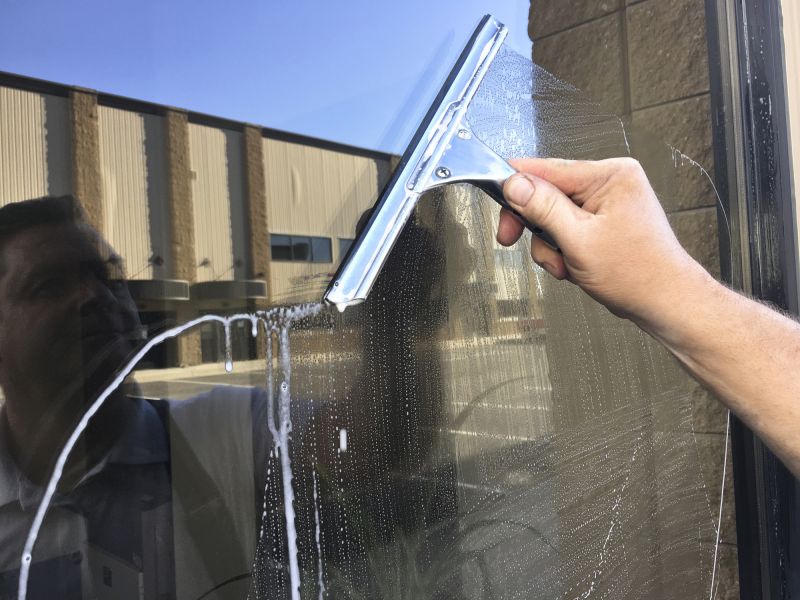
A 60-second routine that keeps Storm Restorations looking new.

A frequent mistake in Storm Restorations and how to dodge it.

Small tweaks to make Storm Restorations safer and easier to use.
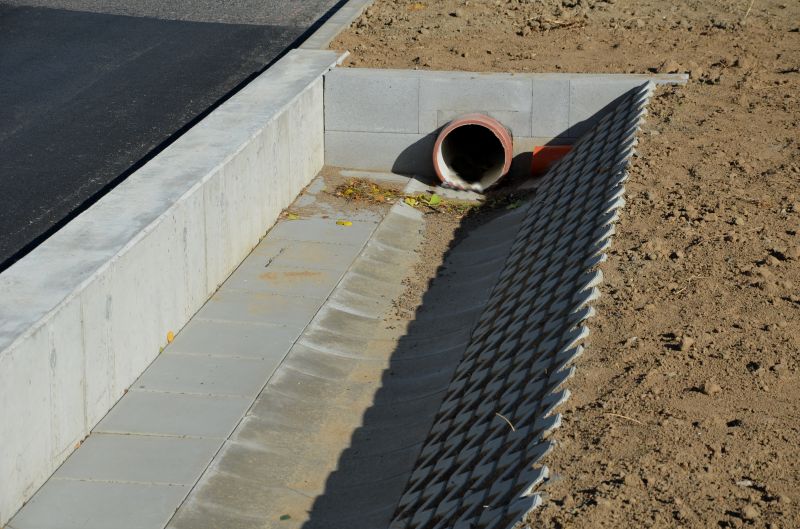
Lower-waste or water-saving choices for Storm Restorations.

The short, realistic tool list for quality Storm Restorations.

Rough timing from prep to clean-up for Storm Restorations.
Individuals interested in storm restorations are encouraged to contact for detailed assessments and tailored solutions. Prompt action can help protect property value and ensure safety following severe weather events.
